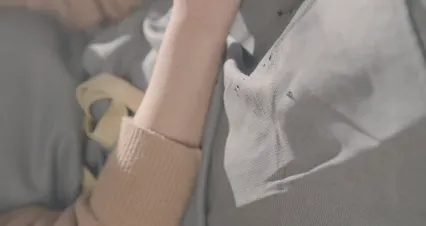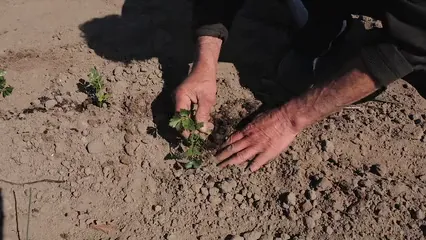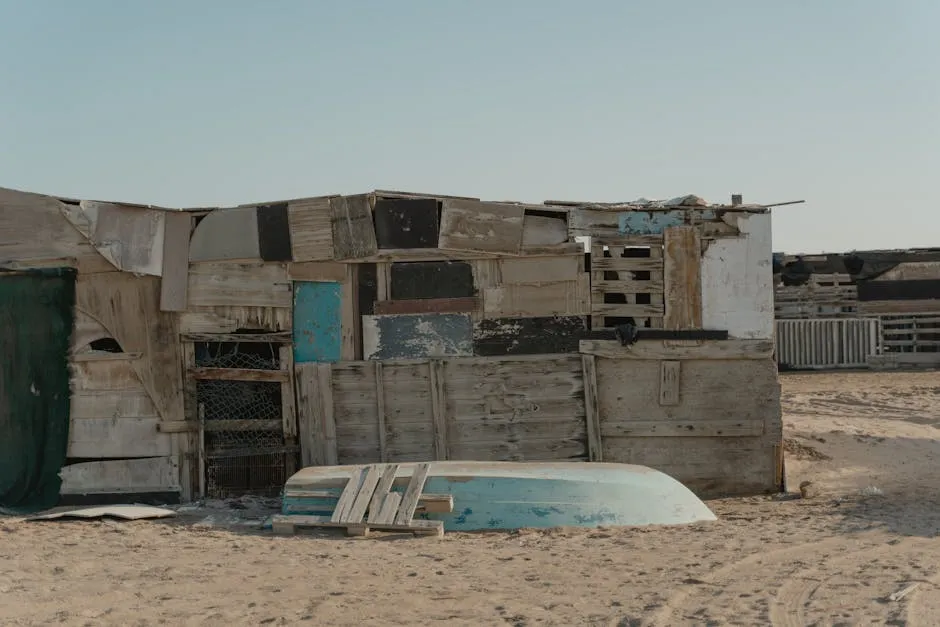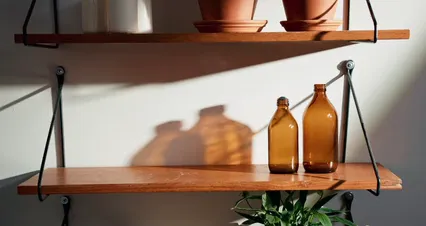

Best Materials for Building Low Cost Raised Garden Beds in 2024
Introduction
Are you thinking about starting a garden? Raised garden beds are a fantastic way to grow your favorite plants. They offer many benefits, including improved drainage and easier access for maintenance. In 2024, many gardeners are looking for cost-effective solutions. With rising material costs, finding budget-friendly options is more important than ever. Let’s discuss the best materials you can use for building low-cost raised garden beds.
To get started on your gardening journey, consider investing in a Raised Garden Bed Kit. This all-in-one solution simplifies the building process, allowing you to dive right into planting without the hassle of sourcing materials separately.
Summary and Overview
Raised garden beds have gained popularity for several reasons. They create better soil conditions, enhance aesthetics, and make gardening more accessible. However, the increasing costs of materials can be a hurdle. That’s where affordable alternatives come into play. This article will cover various materials that are cost-effective and sustainable for building raised garden beds. Our goal is to help you choose the best option that fits your budget and gardening needs.
To help your plants thrive, consider using Organic Compost. It enriches the soil, providing essential nutrients and improving its structure, leading to healthier plants and better yields.
1. Benefits of Raised Garden Beds
Raised garden beds come with numerous benefits that can transform your gardening experience. For starters, they offer improved soil drainage and aeration. This feature prevents waterlogging and allows roots to breathe. Gardeners often find it easier to access plants in raised beds. No more bending over or kneeling on the ground!

Another advantage is the enhanced control over soil quality and pests. You can fill your bed with high-quality soil that suits your plants. Raised beds also deter some pests, giving your garden a better chance to thrive. Plus, let’s not forget the aesthetic appeal. With creative designs, raised beds can elevate the look of any garden space. So, whether you’re growing flowers or vegetables, these beds add charm and function to your yard.
In conclusion, raised garden beds not only support plant health but also make gardening a more enjoyable activity. They offer a wonderful blend of practicality and beauty, making them a favorite among many gardening enthusiasts.
When you’re out in the garden, don’t forget to protect your hands! A good pair of Gardening Gloves will keep your hands safe from dirt, thorns, and pesky insects while you dig in the soil.
2. Key Considerations When Choosing Materials
Choosing the right materials for your raised garden beds is crucial. Several key factors will guide your decision.
Durability is essential. You want materials that will last for years. Look for options like untreated wood, metal, or stone. They can withstand the elements and resist wear.

Cost is another major factor. While some materials may be cheaper upfront, consider long-term investments. A more expensive material might save you money over time due to less maintenance or replacement.
Safety cannot be overlooked. Avoid materials treated with harmful chemicals. These can leach into the soil and affect your plants. Untreated wood or natural stone are safer choices.
Lastly, think about the environmental impact of your materials. Opt for sustainable sourcing. Recycled or reclaimed materials are excellent eco-friendly options. They help reduce waste and promote a healthier environment.
By weighing these factors, you’ll choose materials that enhance your gardening experience while being budget-conscious and environmentally responsible.
If you’re looking for a way to monitor your plants effectively, consider a Soil Moisture Meter. This handy tool ensures you’re watering your plants just right, preventing over or under-watering, which can be detrimental to their health.
3. Top Materials for Low-Cost Raised Garden Beds
When it comes to building low-cost raised garden beds, the materials you choose can make a significant difference. Here are some of the best options available in 2024.
3.1. Untreated Wood
Untreated wood is a favorite choice among gardeners. Pine, cedar, and redwood are popular types.
Pine is the most affordable option. It’s easy to work with but may last only a few years.
Cedar is more durable and naturally resistant to rot. It can last up to a decade with minimal maintenance.
Redwood is also rot-resistant but comes at a higher price. It’s beautiful and can last even longer than cedar.

The main downside of wood is that it can rot over time, especially if not maintained. Regular sealing can help extend its life.
If you’re looking for budget-friendly solutions, consider exploring solutions for building affordable raised garden beds with repurposed items.
3.2. Recycled Pallets
Recycled pallets are a creative and budget-friendly option. You can often source them for free. Look for pallets marked “HT,” which means heat-treated and safer for gardening.
The benefits of pallets include their low cost and versatility. You can easily customize their size and shape. However, be cautious about chemical treatment. Some pallets may contain harmful substances.

Before using, inspect the pallets carefully. Sand them down to prevent splinters and ensure they’re safe for your plants. They can be a fun DIY project that adds character to your garden.
To keep your plants organized, consider using Plant Labels. They help you remember what you planted where, ensuring you give each plant the care it needs!
3.3. Cinder Blocks
Cinder blocks are another durable option. They are easy to assemble and can create sturdy, long-lasting beds.
One major advantage is their weight. They won’t shift easily, even in heavy rain. The hollow centers can be used for planting herbs or flowers, adding to their versatility.

However, they can be heavy and may require more effort during installation. Their industrial look may not appeal to everyone, but they can be painted or adorned with plants to enhance aesthetics.
For those who want to learn more about using cinder blocks creatively, a DIY Raised Garden Bed Plans Book can provide fantastic ideas.
3.4. Galvanized Steel
Galvanized steel beds offer a modern touch to any garden. They are incredibly durable and resistant to rust.
These beds can last up to 30 years with proper care. They are perfect for creating a sleek, contemporary garden design. However, they can absorb heat, potentially harming plant roots in hot climates.

Be sure to add drainage holes to prevent root rot. Their longevity and aesthetic appeal make them a worthy investment.
Don’t forget to keep your tools organized! A Gardening Tool Organizer can help you keep everything in its place, making your gardening experience even smoother.
3.5. Composite Materials
Composite materials are made from recycled wood and plastic. They offer excellent durability and require minimal maintenance.
These materials are eco-friendly, making them a popular choice for sustainable gardeners. They won’t rot, splinter, or warp, providing a long-lasting solution.

However, composite materials can be more expensive than traditional wood. If your budget allows, they are a smart choice for a raised garden bed.
3.6. Straw Bales
Straw bales are an unconventional but effective option. They are affordable and biodegradable.
These bales provide insulation for plant roots and improve soil quality as they decompose. They are easy to assemble, making them a viable option for novice gardeners.

On the downside, straw bales need regular maintenance, as they will break down over time. They may also attract pests if not monitored closely.
For pest control, consider having a good Pest Control Spray handy to keep those unwanted visitors away from your precious plants.
3.7. Concrete Blocks
Concrete blocks are sturdy and affordable. They can be stacked to create a raised garden bed of any height.
One major advantage is their stability. They won’t shift or collapse, providing a secure environment for your plants. They can also be painted or decorated to enhance their appearance.

However, concrete blocks can be heavy and may require careful planning during installation. They also lack insulation, which could be a concern in extreme temperatures.
3.8. Fabric Planters
Fabric planters are lightweight and portable. They are easy to move around your garden, allowing for versatility in planting.
These planters provide excellent drainage and aeration for your plants. They are perfect for those with limited space or who want to try container gardening.
The downside is that fabric planters may not last as long as other materials. They can wear out after a few seasons, but their affordability makes them an appealing option.
For those looking to grow herbs indoors, an Indoor Herb Garden Kit can be a fun and rewarding project!
3.9. Reclaimed Materials
Reclaimed materials are eco-friendly and unique. You can find old wood, bricks, or metal and repurpose them into a raised garden bed.
Using reclaimed materials adds character and charm to your garden. It also helps reduce waste and promotes sustainability.

While sourcing reclaimed materials may take time, the results can be rewarding. Just ensure the materials are safe for gardening to avoid chemical contamination.
For maintaining your garden, don’t forget a good Garden Kneeler and Seat. It provides comfort while tending to your plants and reduces strain on your knees.
By considering these materials, you can build low-cost raised garden beds that suit your needs and enhance your gardening experience.
4. DIY Tips for Building Your Raised Garden Bed
Building your raised garden bed is a rewarding project you can tackle with minimal tools and materials. Follow these steps to create a simple, affordable garden bed.
- Gather Your Materials: Choose your preferred material, such as untreated wood, cinder blocks, or recycled pallets. You’ll also need screws or nails, a drill or hammer, and a saw if you’re cutting wood.
- Select a Location: Find a sunny spot in your yard with good drainage. Ensure it’s easily accessible for watering and harvesting.
- Measure and Cut: For wooden beds, cut your boards to the desired length. A common size is 4 feet by 4 feet. If using cinder blocks, no cutting is needed!
- Assemble the Frame: Lay your boards or blocks in the desired shape. Secure the corners with screws or nails. For added stability, consider adding corner brackets.
- Fill with Soil: Use a mix of topsoil, compost, and organic matter. This ensures your plants have the nutrients they need to thrive.
- Plant Your Garden: Choose your favorite plants, whether vegetables, herbs, or flowers. Follow planting guidelines for spacing and depth.
- Water and Maintain: Regularly check the moisture level and water as needed. Add mulch to help retain moisture and suppress weeds.
Safety tip: Always wear gloves when handling materials, especially reclaimed wood, as it may have sharp edges or splinters. By following these steps, you can create a functional and beautiful raised garden bed without breaking the bank.
5. Maintenance Tips for Raised Garden Beds
Maintaining your raised garden bed is essential for healthy plants and a thriving garden. Here are some best practices to ensure your garden flourishes.
- Regular Soil Replacement: Over time, the nutrients in your soil can diminish. Replace the top few inches of soil each season with fresh compost or nutrient-rich soil to provide ongoing fertility.
- Pest Management Strategies: Monitor your plants for pests regularly. Use natural remedies like neem oil or introduce beneficial insects like ladybugs to keep harmful pests at bay.
- Seasonal Care Tips: In spring, prepare your beds by removing debris and adding compost. In fall, consider planting cover crops to enrich the soil and prevent erosion during winter.

By following these maintenance tips, your raised garden beds will remain productive and healthy throughout the growing seasons. Happy gardening!
And to keep your plants hydrated, a Garden Hose with Adjustable Nozzle is a must-have for any gardener. It allows for precise watering depending on the needs of your plants!
Conclusion
Choosing the right materials for your low-cost raised garden beds is crucial. The materials you select can influence your garden’s success and lifespan. Think about your specific needs, budget, and the environmental impact of your choices.
Do you want something that lasts long, or are you looking for a budget-friendly option? Each material has its pros and cons, and understanding them can help you make the best decision.
Now is the perfect time to take action! Start your gardening project this season and create a flourishing garden that you can enjoy for years to come.
And don’t forget to add some decorative flair with Decorative Garden Stakes to make your garden even more inviting!
FAQs
What is the most affordable material for raised garden beds?
Untreated wood and recycled pallets are excellent choices. Untreated wood, like pine, is inexpensive and easy to find. Recycled pallets can often be obtained for free, but ensure they are safe for gardening.
Can I use treated wood for raised garden beds?
It’s best to avoid treated wood. Chemicals in treated wood can leach into the soil, harming your plants. Opt for untreated wood or naturally rot-resistant options like cedar.
How long do raised garden beds last?
The lifespan varies by material. Untreated wood lasts 3-5 years, while cedar can go up to 10 years. Metal and composite materials can last much longer, often exceeding 30 years with proper care.
What should I line my raised garden bed with?
Consider using landscape fabric or cardboard. These options prevent soil loss while allowing for drainage. They help keep weeds out and maintain soil structure.
How deep should my raised garden bed be?
Aim for a depth of at least 12 inches. This depth allows roots to grow well and supports various plants, including vegetables and herbs. For deep-rooted plants, consider going deeper.
Please let us know what you think about our content by leaving a comment down below!
Thank you for reading till here 🙂
All images from Pexels



